Flower Seeds

New arrival
NEW FLOWER SEEDS

A title
Image Box text
FREE SHIPPING FOR ORDER $29 ABOVE
Flower Seeds


Image Box text
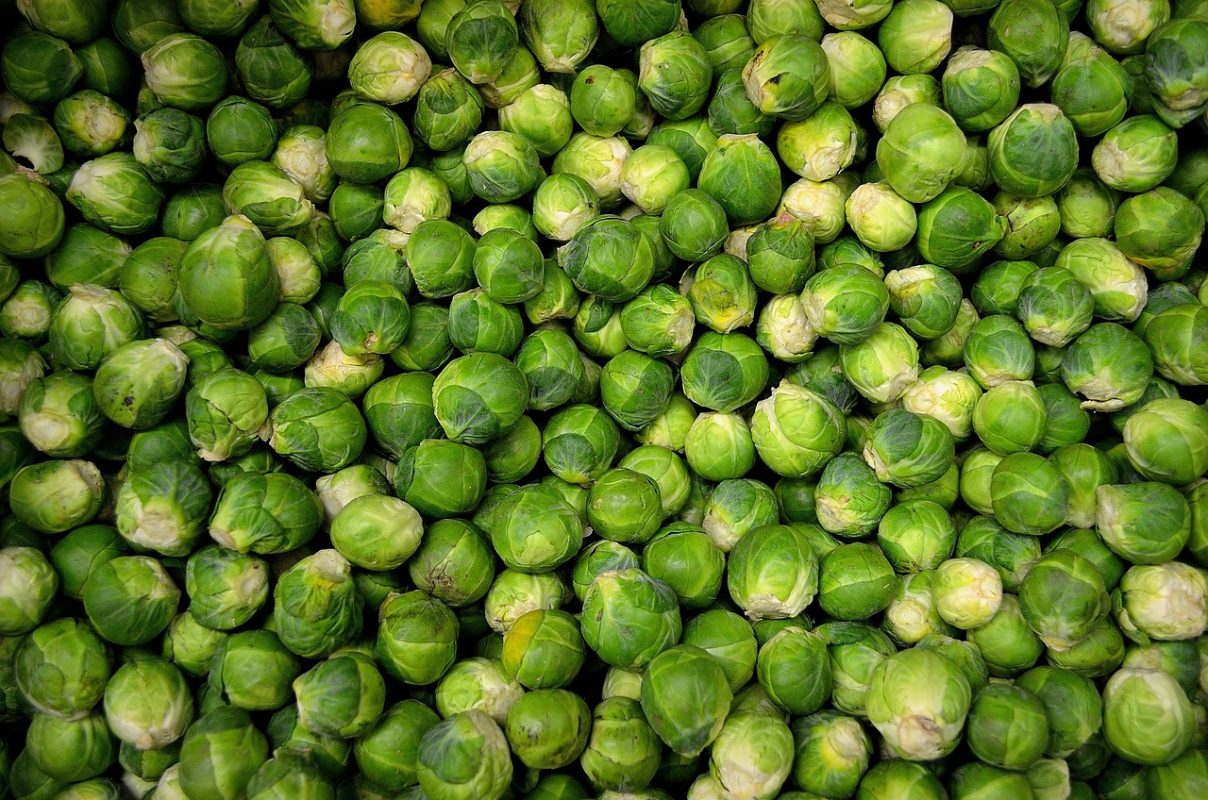

Image Box text
Plant Seeds
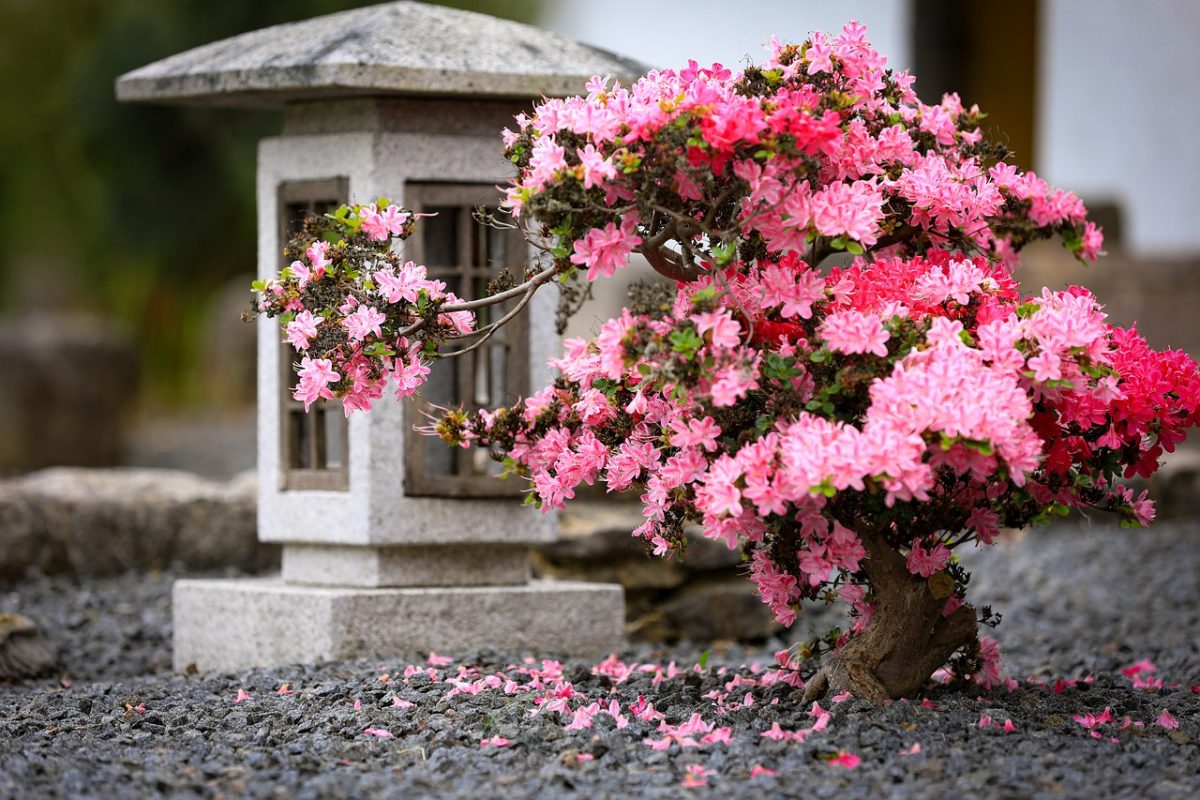
New arrival
NEW Plant SEEDS

Image Box text

Succulent & Cactus Seeds
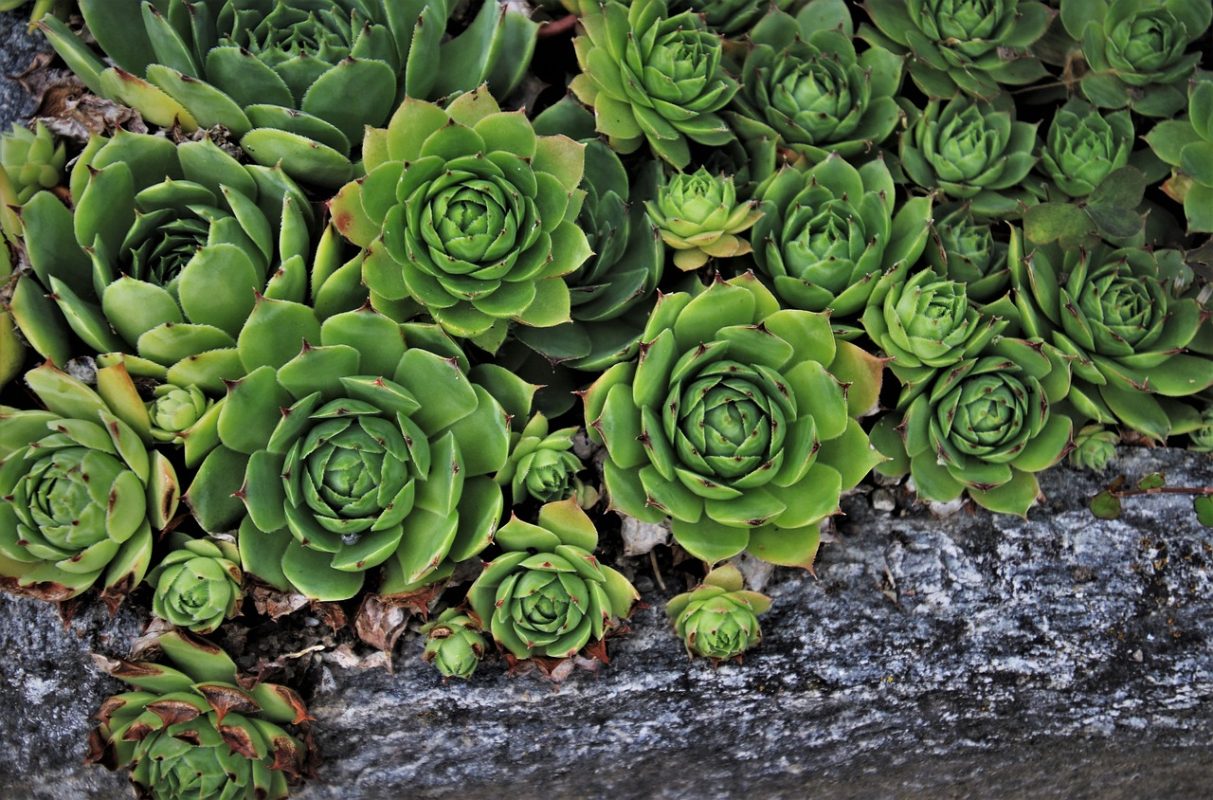

Image Box text
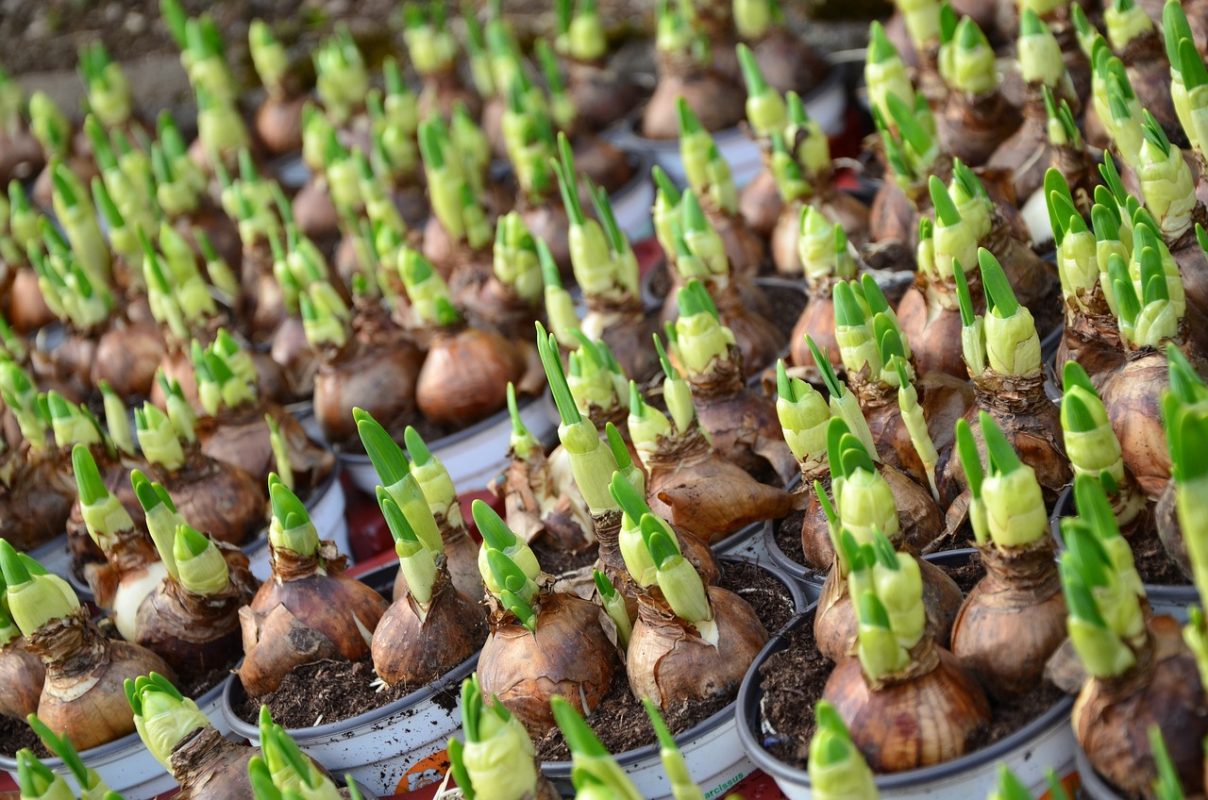

Image Box text
FREE SHIPPING FOR ORDER $29 ABOVE
Perennial
Full sun
Consistently moist
Directly in the soil
3 to 4 inches
6-8 weeks
Saffron, derived from the flower Crocus sativus, is a prized and exotic spice renowned for its vibrant color, distinct flavor, and historical significance. Originating in Southwest Asia, saffron has been cultivated for thousands of years and is one of the world’s most expensive spices due to the labor-intensive process of harvesting its delicate stigmas.
Crocus sativus produces striking purple flowers, and each flower yields three vivid red-orange stigmas, commonly referred to as saffron threads. These threads are meticulously hand-harvested, requiring a large number of flowers to produce even a small quantity of the spice. Saffron imparts a rich, golden hue and a distinctive, slightly bitter taste to culinary dishes, particularly in Mediterranean, Middle Eastern, and South Asian cuisines.
Beyond its culinary uses, saffron has historical and cultural significance. It has been employed in traditional medicine for its potential health benefits and is associated with various rituals and ceremonies.
Cultivating saffron demands specific climatic conditions, well-draining soil, and careful cultivation practices. The intricate process of harvesting and processing saffron underscores its value, making it a symbol of luxury and refinement in both the culinary and cultural realms.
 1
1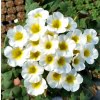 1
1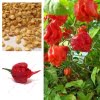 1
1 1
1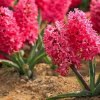 10
10 11
11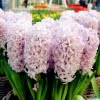 12
12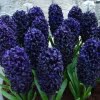 13
13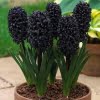 14
14 2
2 3
3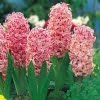 4
4 5
5 6
6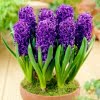 7
7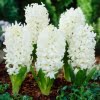 8
8 9
9 Mixed
Mixed 1
1 1
1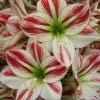 1
1 10
10 11
11 12
12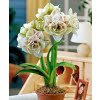 13
13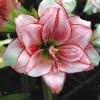 14
14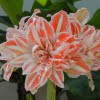 15
15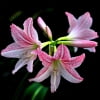 16
16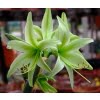 17
17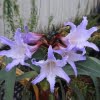 18
18 19
19 2
2 20
20 21
21 22
22 23
23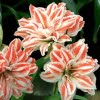 3
3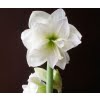 4
4 5
5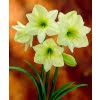 6
6 7
7 8
8 9
9 1
1 1
1 $12.99 Original price was: $12.99.$6.99Current price is: $6.99.
![]() Free shipping on order more than $49
Free shipping on order more than $49![]() Fresh seeds guaranteed
Fresh seeds guaranteed![]() Secured online payment
Secured online payment

Perennial
Full sun
Consistently moist
Directly in the soil
3 to 4 inches
6-8 weeks
Saffron, derived from the flower Crocus sativus, is a prized and exotic spice renowned for its vibrant color, distinct flavor, and historical significance. Originating in Southwest Asia, saffron has been cultivated for thousands of years and is one of the world’s most expensive spices due to the labor-intensive process of harvesting its delicate stigmas.
Crocus sativus produces striking purple flowers, and each flower yields three vivid red-orange stigmas, commonly referred to as saffron threads. These threads are meticulously hand-harvested, requiring a large number of flowers to produce even a small quantity of the spice. Saffron imparts a rich, golden hue and a distinctive, slightly bitter taste to culinary dishes, particularly in Mediterranean, Middle Eastern, and South Asian cuisines.
Beyond its culinary uses, saffron has historical and cultural significance. It has been employed in traditional medicine for its potential health benefits and is associated with various rituals and ceremonies.
Cultivating saffron demands specific climatic conditions, well-draining soil, and careful cultivation practices. The intricate process of harvesting and processing saffron underscores its value, making it a symbol of luxury and refinement in both the culinary and cultural realms.
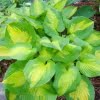 1
1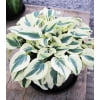 10
10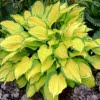 11
11 12
12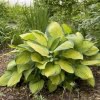 13
13 14
14 15
15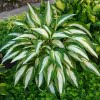 2
2 3
3 4
4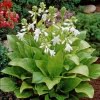 5
5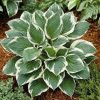 6
6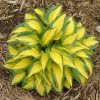 7
7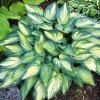 8
8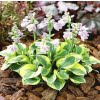 9
9 Mixed
Mixed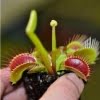 1
1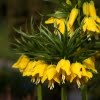 1
1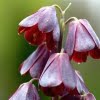 2
2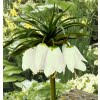 3
3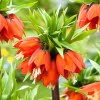 4
4 Mixed
Mixed 1
1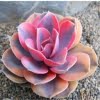 10
10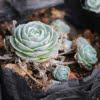 11
11 12
12 13
13 14
14 15
15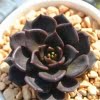 16
16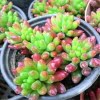 17
17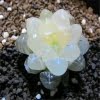 18
18 19
19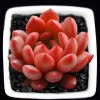 2
2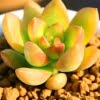 20
20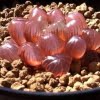 21
21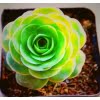 22
22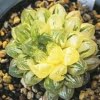 23
23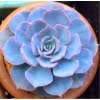 24
24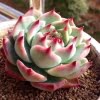 3
3 4
4 5
5 6
6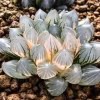 7
7 8
8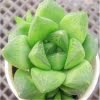 9
9 Mixed
Mixed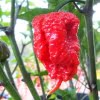 1
1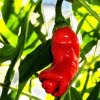 10
10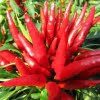 2
2 3
3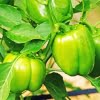 4
4 5
5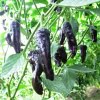 6
6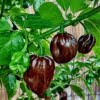 7
7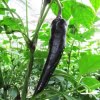 8
8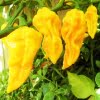 9
9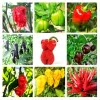 Mixed
Mixed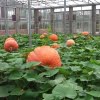 1
1 1
1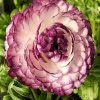 1
1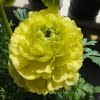 10
10 11
11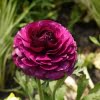 2
2 3
3 4
4 5
5 6
6 7
7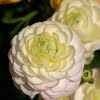 8
8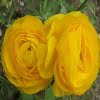 9
9 Mixed
Mixed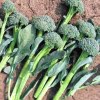 1
1Perennial
Full sun
Consistently moist
Directly in the soil
3 to 4 inches
6-8 weeks
Saffron, derived from the flower Crocus sativus, is a prized and exotic spice renowned for its vibrant color, distinct flavor, and historical significance. Originating in Southwest Asia, saffron has been cultivated for thousands of years and is one of the world’s most expensive spices due to the labor-intensive process of harvesting its delicate stigmas.
Crocus sativus produces striking purple flowers, and each flower yields three vivid red-orange stigmas, commonly referred to as saffron threads. These threads are meticulously hand-harvested, requiring a large number of flowers to produce even a small quantity of the spice. Saffron imparts a rich, golden hue and a distinctive, slightly bitter taste to culinary dishes, particularly in Mediterranean, Middle Eastern, and South Asian cuisines.
Beyond its culinary uses, saffron has historical and cultural significance. It has been employed in traditional medicine for its potential health benefits and is associated with various rituals and ceremonies.
Cultivating saffron demands specific climatic conditions, well-draining soil, and careful cultivation practices. The intricate process of harvesting and processing saffron underscores its value, making it a symbol of luxury and refinement in both the culinary and cultural realms.
 1
1 1
1 1
1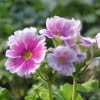 10
10 11
11 12
12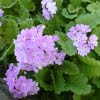 13
13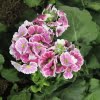 14
14 15
15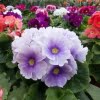 16
16 17
17 18
18 19
19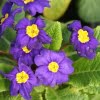 2
2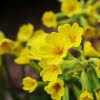 20
20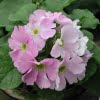 21
21 22
22 23
23 24
24 3
3 4
4 5
5 6
6 7
7 8
8 9
9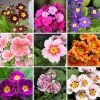 Mixed
Mixed 1
1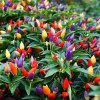 1
1 1
1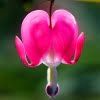 2
2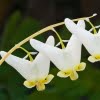 3
3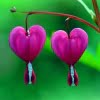 4
4 5
5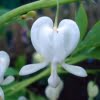 6
6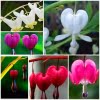 Mixed
Mixed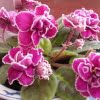 1
1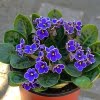 2
2 3
3 4
4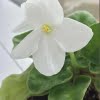 5
5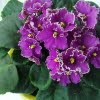 6
6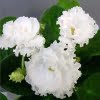 7
7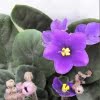 8
8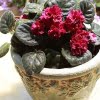 9
9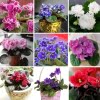 Mixed
Mixed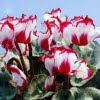 1
1 1
1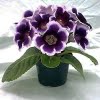 2
2 3
3 4
4 5
5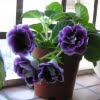 6
6 7
7 8
8 9
9 Mixed
Mixed